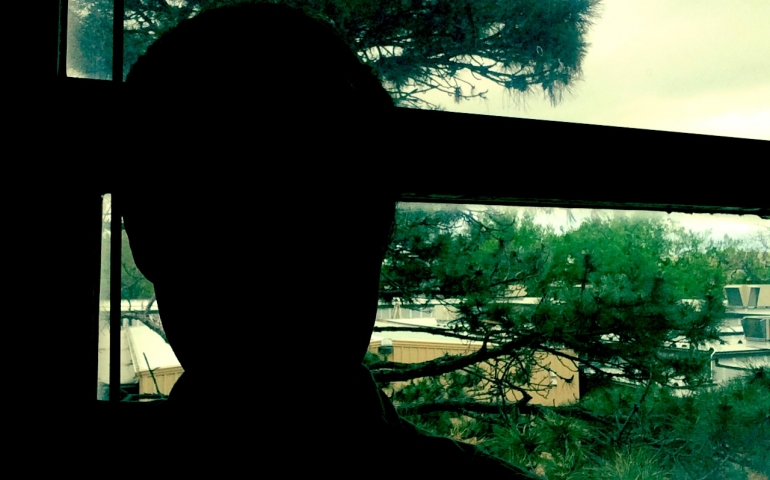The selfie. We all have taken one at some point. Whether it was for a self-destructing Snapchat or to preserve the memory of an event on Instagram, every one of us is guilty of taking what may be the Internet’s most hated photo trend. No matter how we feel about them, one look at Instagram informs us that self-portraits have taken over our social media. The largest argument that I hear, especially from within this campus, is that the rise of the selfie is a sign of an increasingly narcissistic society. This line of thinking suggests that people post selfies because an innate affection for themselves.
I don’t believe this narrative at all. When I first heard this argument, my thoughts jumped to all the good, loving people I know who also happen to post selfies. I don’t think I would be close with the people I am if they were as self-centered as their post history claims they are. The idea of a self-loving culture is also combated by statistics. According to the World Health Organization, depression is the number one disability for youth between ages 10 to 19. Along with that, more teenagers and young adults die from suicide than from cancer, heart disease, AIDS, birth defects, stroke, pneumonia, influenza and chronic lung disease, COMBINED, according to the Center for Disease Control and Prevention. If our culture truly had an issue with self-love, we wouldn’t be seeing such an epidemic of self-hatred.
As I thought deeper about this issue, I started to see that calling someone narcissistic because of their selfies is passing judgement on people without actually knowing them. The goal of this kind of thinking is to use shame as a tool to manipulate people into changing their behavior. This is not the kind of way that a community of faith should operate. As followers of Christ, we need to work to make these conversations redemptive and loving instead of divisive.
With that being said, I would now like to present an alternate analysis of the selfie. The rise of self-portraits online is not due to our morbid fascination with ourselves, but because we are scared of being vulnerable on social media. With this framework, the analysis moves beyond just selfies, but instead can encompass all kinds of online communication. Instead of seeing Twitter, Snapchat, and Instagram as a way to share experiences and project an accurate document of our lives, we seek to use these tools as a personal public relations team. Social media even has built-in methods for reinforcing this inauthenticity. The retweet, favorite, and like buttons all help us understand what kind of content people like to see versus what is deemed “uninteresting” by online social communities.
Honestly, when I get on Instagram I’m more inclined to “like” a pretty selfie of a girl than a photo of nature with a long personal story in the caption. Even though I’m not consciously doing it, the things I choose to like are reinforcing ideas about what content belongs on social media. The reason people post so many selfies is because that’s what kind of post gets the most likes, favorites, and retweets. Under this line of thinking, a person posting a selfie and pretending that everything is fine with his/her life isn’t at fault as much as the people who are reinforcing these inauthentic behaviors. People who post selfies aren’t narcissistic and depraved. They are just posting content in a way that will be praised by their online community, much more so than authenticity and vulnerability would.
This is a problem in our culture, but I can’t fix it on my own. We all need to take step back and examine not only what we are posting, but also what behaviors we are reinforcing through our likes and retweets. I’m not saying that liking a selfie on Instagram or retweeting a funny tweet is sinful or evil. However, where we direct our applause and admiration will define us as a culture. 30 years from now, when you look back at what you posted and what you liked, do you want to see an inauthentic illusion of bliss and comfort? Or would it be more worthwhile for us remember the struggles, the hard times, and the lessons learned? The choice is yours.
[author image=”http://i1.wp.com/echo.snu.edu/wp-content/uploads/2012/08/mike.jpg?resize=287%2C300″ ] Mike Vierow, Video Story Producer
Mike is a sophomore studying Mass Communication. He previously worked as the Graphic Design Intern at Golden Bell Camp & Conference Center.[/author]
